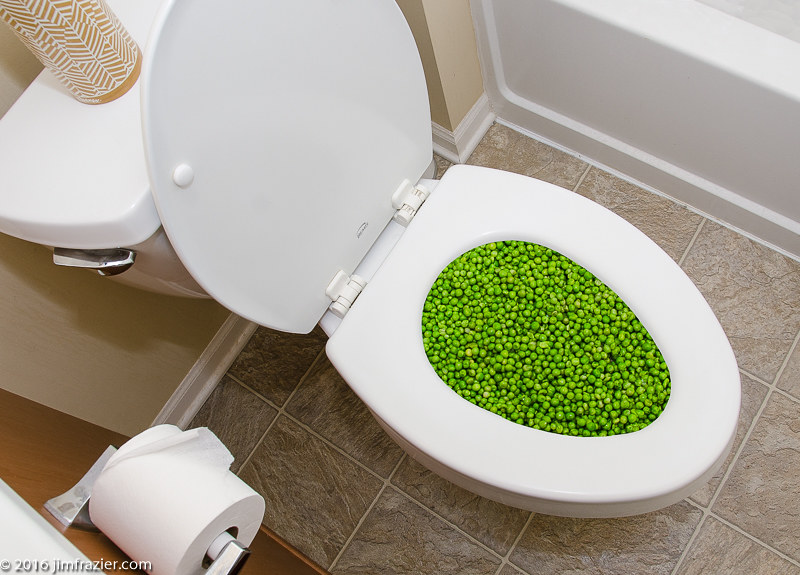The writer is making several good pointers on the subject of Think Twice Before Flushing Food Down Your Toilet overall in the article in the next paragraphs.

Introduction
Lots of people are frequently faced with the problem of what to do with food waste, especially when it concerns leftovers or scraps. One common question that occurs is whether it's fine to flush food down the toilet. In this article, we'll look into the reasons individuals might take into consideration flushing food, the effects of doing so, and alternate approaches for appropriate disposal.
Reasons individuals might think about flushing food
Lack of recognition
Some individuals might not understand the potential injury caused by flushing food down the toilet. They might erroneously believe that it's a harmless method.
Benefit
Flushing food down the bathroom may feel like a fast and very easy solution to throwing away undesirable scraps, specifically when there's no close-by garbage can offered.
Negligence
Sometimes, individuals may merely select to flush food out of sheer idleness, without thinking about the consequences of their activities.
Consequences of flushing food down the commode
Environmental effect
Food waste that winds up in waterways can contribute to contamination and harm aquatic communities. Additionally, the water utilized to flush food can strain water sources.
Pipes concerns
Purging food can result in clogged up pipelines and drains pipes, creating pricey pipes fixings and hassles.
Kinds of food that must not be flushed
Fibrous foods
Foods with coarse textures such as celery or corn husks can obtain entangled in pipes and create obstructions.
Starchy foods
Starchy foods like pasta and rice can take in water and swell, causing blockages in pipes.
Oils and fats
Greasy foods like bacon or food preparation oils ought to never ever be flushed down the commode as they can solidify and trigger clogs.
Appropriate disposal approaches for food waste
Using a waste disposal unit
For homes furnished with waste disposal unit, food scraps can be ground up and purged with the plumbing system. Nevertheless, not all foods appropriate for disposal in this manner.
Recycling
Certain food packaging materials can be reused, minimizing waste and reducing environmental effect.
Composting
Composting is a green method to get rid of food waste. Organic materials can be composted and made use of to improve soil for horticulture.
The relevance of correct waste administration
Decreasing ecological damage
Proper waste administration practices, such as composting and recycling, aid lessen air pollution and protect natural deposits for future generations.
Shielding pipes systems
By avoiding the method of flushing food down the commode, homeowners can prevent costly plumbing repairs and maintain the honesty of their plumbing systems.
Final thought
To conclude, while it may be tempting to purge food down the toilet for benefit, it's important to understand the potential effects of this activity. By adopting correct waste administration practices and taking care of food waste sensibly, people can contribute to much healthier pipes systems and a cleaner environment for all.
FLUSH FOOD DOWN THE TOILET?
FLUSHING FOOD CAN CAUSE BLOCKED DRAINS IN YOUR HOME
All of the plumbing fixtures in your home are connected to the same sewer pipe outside of your home. This outdoor sewer pipe is responsible for transporting all the wastewater from your home to the Council sewer mains. Even small pieces of food that go down the kitchen sink can cause problems for your sewer. It should therefore be obvious that flushing larger bits of food, such as meat, risks a clog in either the toilet itself or the sewer pipes. Flushing greasy food is even more problematic because oil coagulates when it cools, coating the interior lining of your pipes.
THE TOILET IS NOT A BIN
Food isn’t the only thing that people shouldn’t be flushing down the toilet. People use the toilet to dispose of all kinds of things such as tampons, makeup wipes, dental floss, kitty litter and even underwear. Water goes to great lengths to educate residents about the high costs and stress placed on wastewater treatment systems simply from people flushing the wrong stuff down the toilet. It costs taxpayers millions of dollars each year, and homeowners thousands in blocked drain repairs.
FLUSHING FOOD IS A WASTE OF WATER
Flushing food is a waste of our most precious resource - water. In June this year Level 1 water restrictions were introduced to protect water supply from drought conditions. Much of New South Wales continues to be affected by prolonged drought with recent figures revealing up to 97 per cent of the state remains in drought. Depending on whether you have a single or dual flush toilet, every single flush uses between five and 11 litres of water. In the current climate this is a huge amount of water to be wasting on flushing food that should be placed in the bin (or better yet, the compost).
https://www.jabplumbingsolutions.com.au/blog/can-you-flush-food-down-the-toilet

We had been made aware of that article about Is it safe to flush food (especially rice) down the toilet? from an acquaintance on a different web page. Don't hesitate to take the time to promote this blog posting if you liked it. I treasure your readership.
Click Here